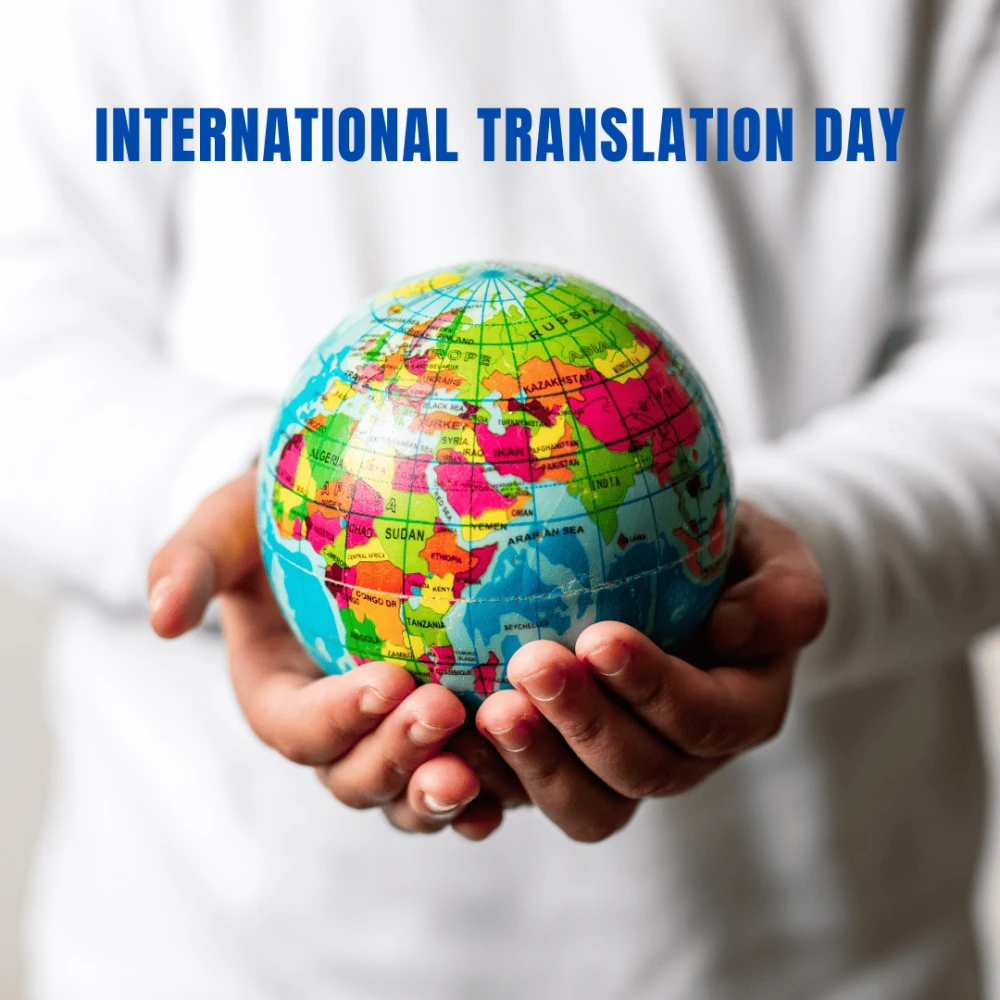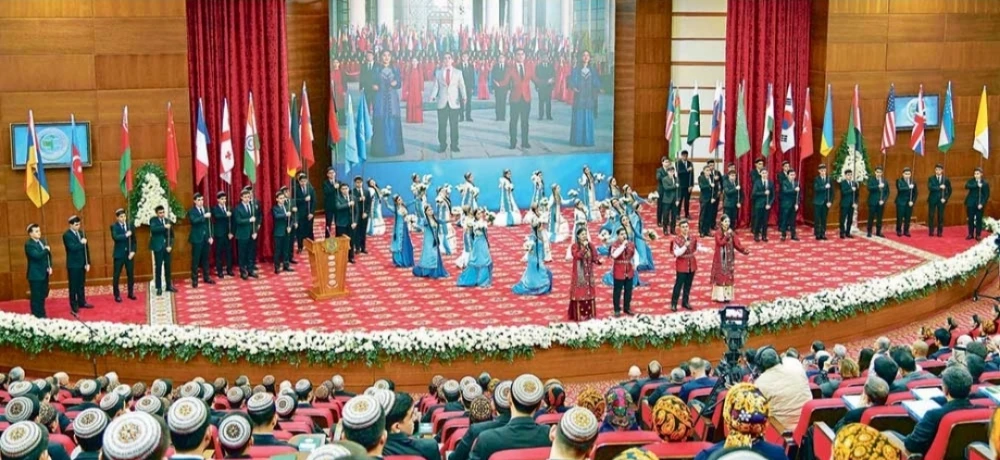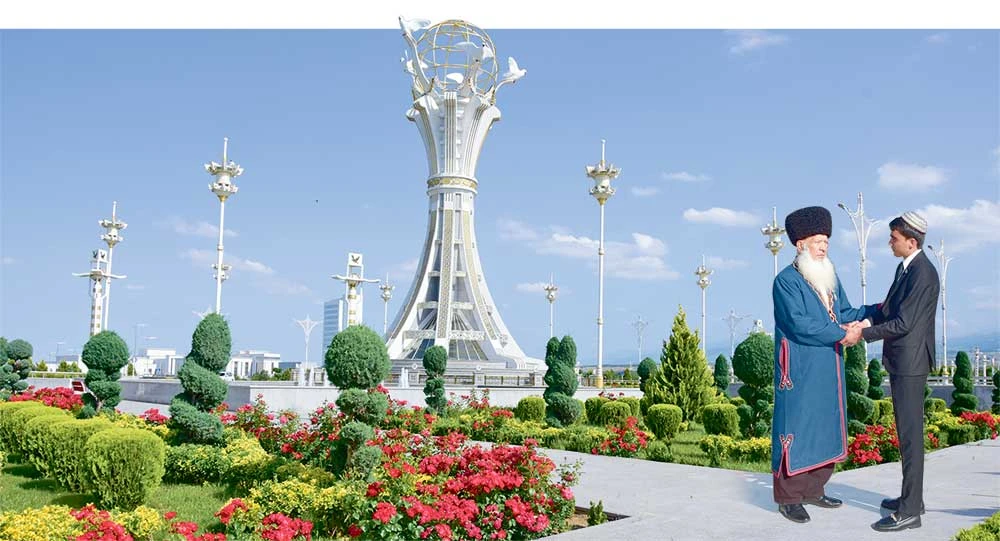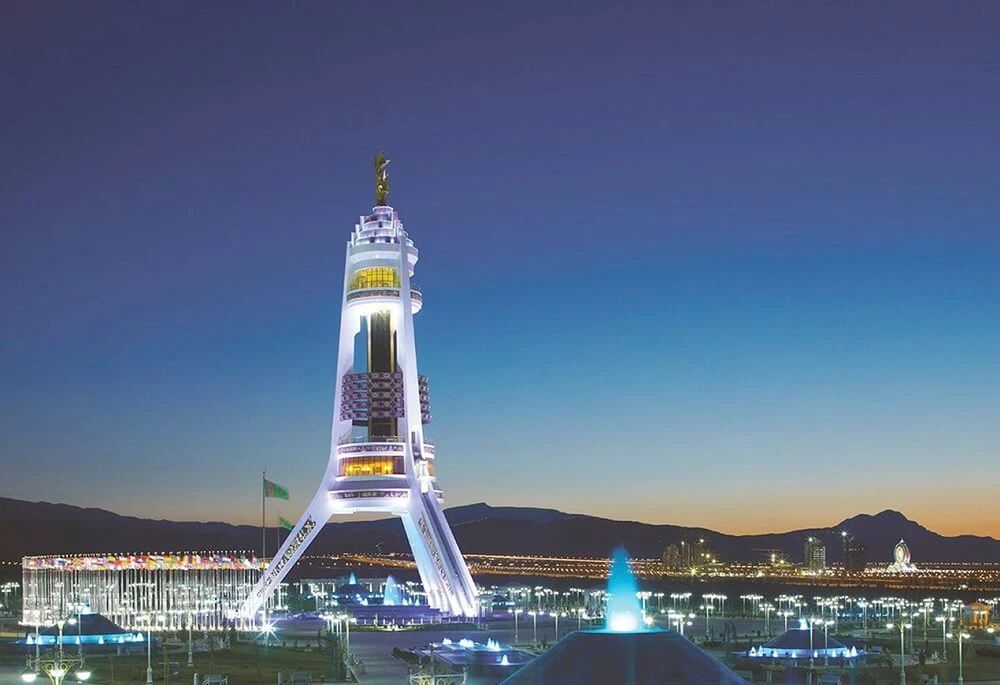
499
Problems of Translation and the Tasks of a Translator
Translation is not merely the interrelation between two different languages, but a profound interrelation between two different cultures. The process involves more than just the transformation of a source text into a target text; it requires creative adaptation to ensure the text is understood through the lens of a new culture. Given this complexity, the role of a translator is of immense importance, demanding that a professional possess extensive knowledge. A skilled translator must have a deep understanding of the literature, history, and culture of both the source and target languages.
This mastery extends to all aspects of the languages, including grammar, phonetics, lexicology, and the science of style. The main tasks of a translator are to ensure:
1. The target text reads as fluently and naturally as the source text.
2. The target text maintains the lexical and semantic equivalence of the source text.
3. The target text accurately conveys the original message of the source text.
A translator must be accurate in any text. This is true whether the text is a work of art, a newspaper article, an official document, or a scientific paper. Each genre demands accuracy and precision, which presents specific challenges to the translator. While translating, a translator may, in certain situations, use techniques such as addition or omission, but such changes must be used judiciously and only when necessary to preserve meaning. Beyond grammatical and structural differences, translators must also contend with lexical ambiguities and unique expressions, as a single word can have multiple meanings depending on its context.
The most profound challenges in translation are not purely linguistic but are deeply rooted in cultural context. Language and culture are inextricably linked, with a language acting as a vehicle for a society's worldview, beliefs, and values. The translator's role, therefore, is one of cultural mediation, acting as a bridge between two different societies and their ways of thinking. This role is particularly critical when dealing with culturally-specific terms that are completely unknown or interpreted differently in the target culture. In these cases, a direct or "perfect" translation may not exist, forcing the translator to negotiate between being faithful to the original text and meeting the expectations of the new audience. This process requires creative adaptation rather than mechanical conversion.
One can face the problem of non-equivalence, which is especially common when translating culturally specific terms. For instance, when translating Turkmen national tales, a translator may encounter words that have no direct English equivalents, such as:
• Clothes: Kürte, telpek, don, guşak
• Meals: Gowurdak, dograma, palow
• Games: Aşyk, düzdüm
• House: Ak öý, gara öý
• Household things: Saçak, desterhan, torba, horjun
As is clear from these examples, these words are deeply tied to the native culture and history of the Turkmen people, and conveying their meanings is essential. This problem-solving capability is critical when faced with phrases that do not have a direct equivalent. Another significant problem lies in translating proverbs and other expressions rooted in the national spirit.
Translation is not a single, monolithic profession, but rather a collection of highly specialized fields, each with its own demanding challenges. The professional translator is often a subject matter expert who possesses an in-depth understanding of a specific field, its terminology, and its unique conventions.
The rise of machine translation and other new technologies has not diminished the translator's role as a subject-matter expert; rather, it has redefined it. Computer-Assisted Translation (CAT) tools are an integral part of the modern workflow. Unlike fully automated machine translation, CAT tools are software that assist the human translator by handling repetitive, data-heavy tasks. They use features such as translation memories, glossaries, and terminology managers to store and reuse previously translated segments, which can improve efficiency and ensure consistency across a document or project. These tools allow the translator to focus their expertise on the more complex and nuanced aspects of the text, such as tone, style, and cultural adaptation.
While technology, particularly in the form of CAT (Computer-Assisted Translation) tools and machine translation, has become an indispensable ally, it cannot replicate the human translator's most critical functions. It lacks the ability to navigate the complexities of culture, intent, and creativity, as well as the ethical responsibilities that are foundational to the profession. The modern translator's role has been redefined with a new emphasis on post-editing, terminology management, and a seamless collaboration with AI. Ultimately, the quality of a translation still depends significantly on the human translator. The act of translation remains a profoundly human endeavor, ensuring that meaning, relevance, and cultural resonance are preserved and communicated effectively in an increasingly interconnected world.
The professional translator is not merely a linguist but a multi-talented professional who acts as a contextual analyst, cultural mediator, and project manager. In this role, it is critical to recognize that cultures vary across nations. A translator's mastery of this reality, coupled with their expertise in specialized fields, is what allows them to bridge linguistic divides and foster communication. Therefore, a translator must be a constant learner, skillfully using appropriate specialized dictionaries and technologies to solve the complex problems that arise. Ultimately, while technology has become an indispensable tool, the art and responsibility of delivering accurate and effective communication remain a profoundly human endeavor.
Chemen BAYRIYEVA,
Senior lecturer of the Institute of International Relations
of the Ministry of Foreign Affairs of Turkmenistan.
Soňky täzelikler

10/12/2025
Hoşniýetli ýörelgeleriň beýany
06/12/2025
PARAHATLYK DILEGI